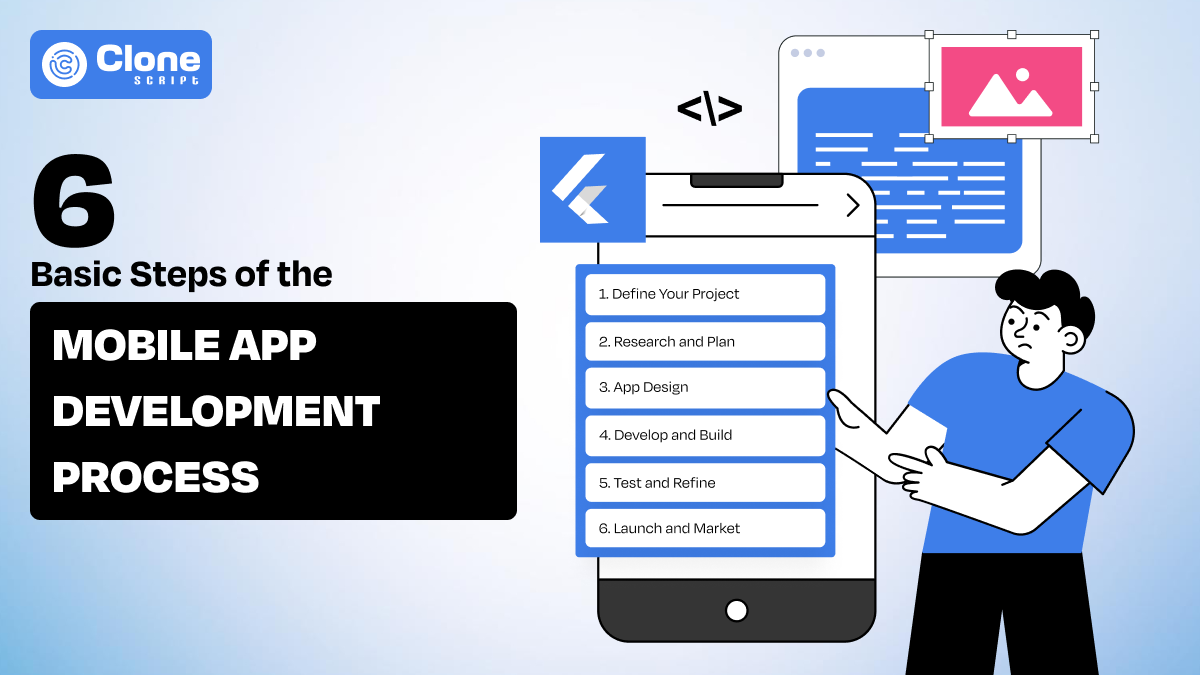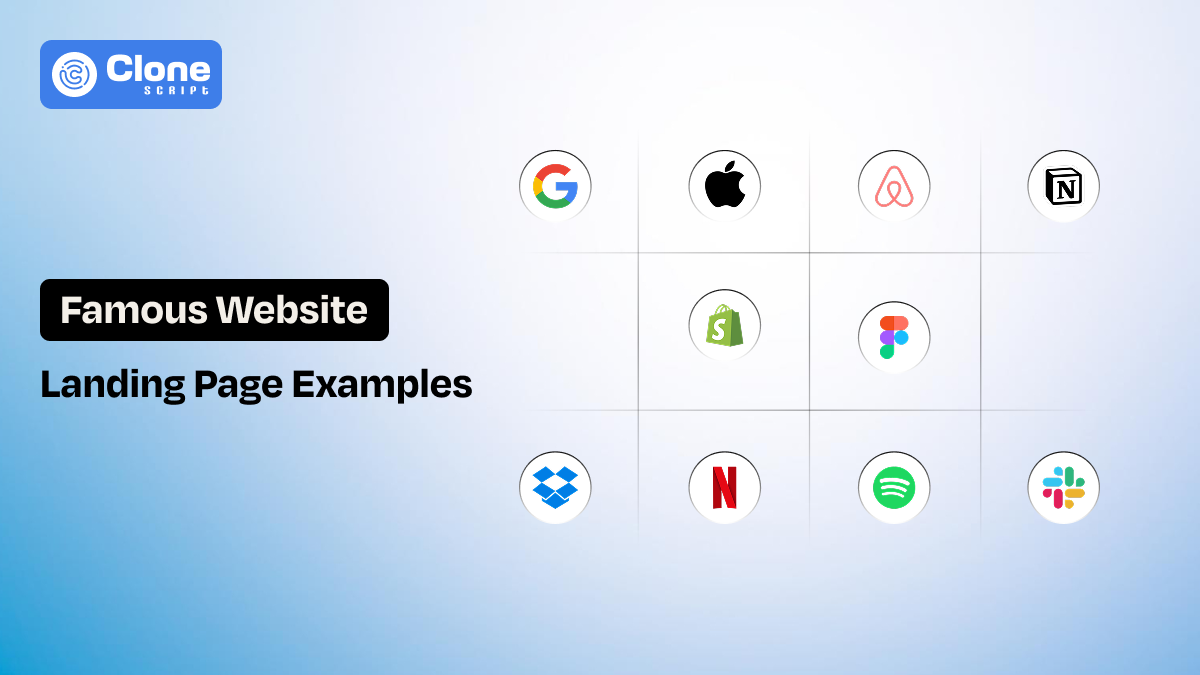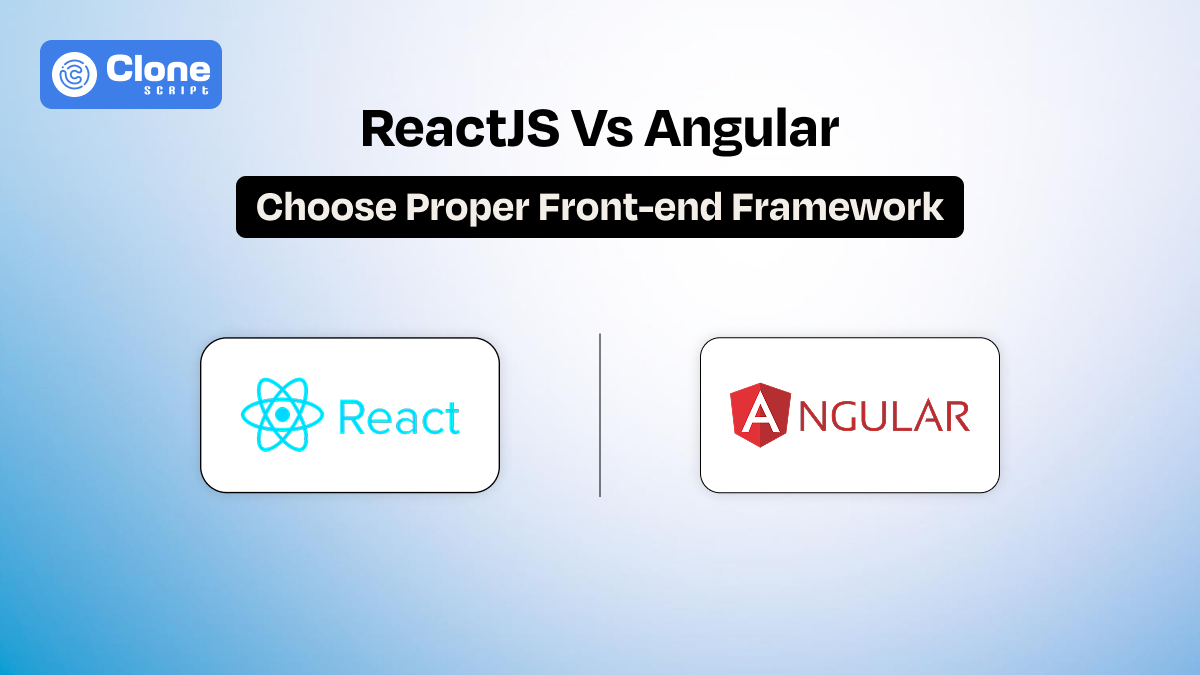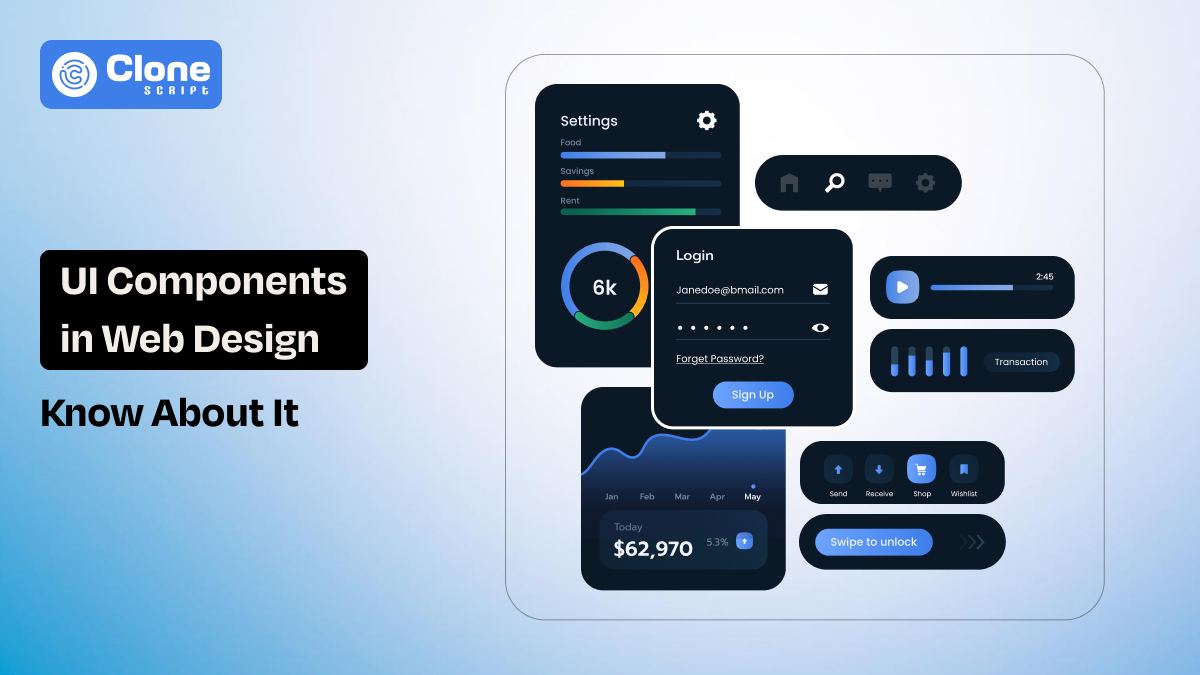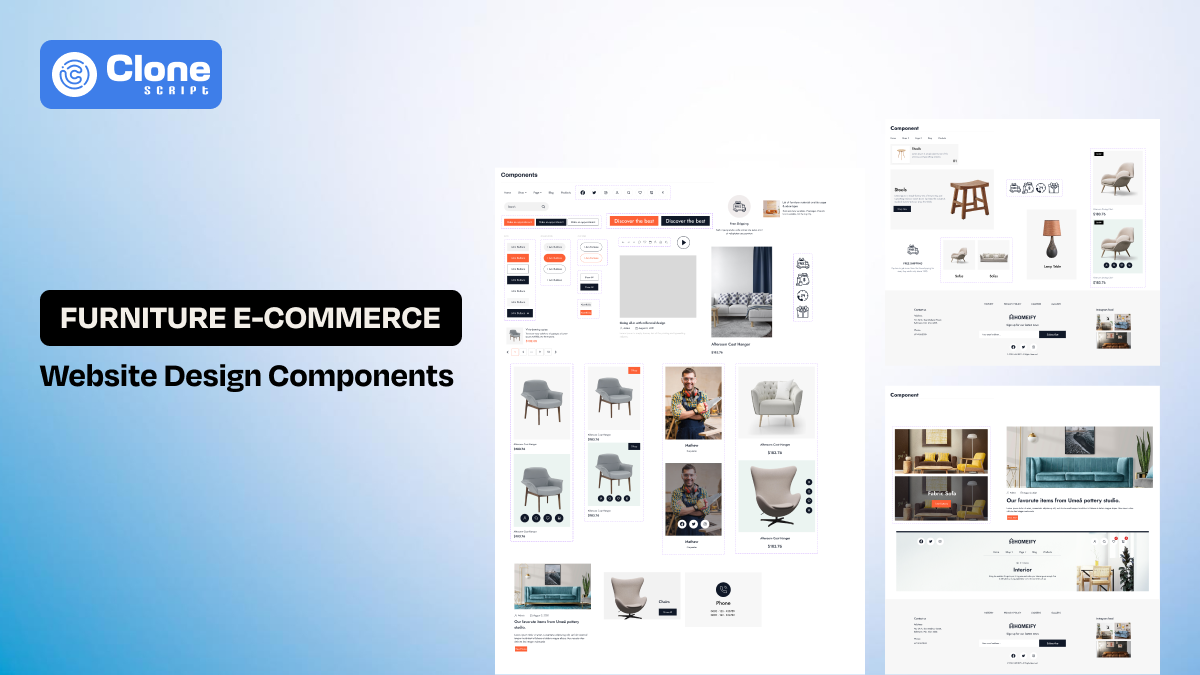6 Basic Steps of the Mobile App Development Process
Building a smartphone app has become necessary for individuals or organizations who want to reach a maximum number of smartphone devices. According to a source, a smartphone app can deliver 3 times higher conversion rates than mobile-friendly websites and 1.5 times higher than desktop websites.
So having a smartphone app for your brand becomes necessary, especially when you want your users to take actions from your software. However, building an app may not be a familiar process for everyone. So we’re here with a guide to make you all familiar with all the basic steps of the app development process. This guide will break down the eight basic stages of app development, taking you to a complete app from a concept.
1. Define Your Project
This is a foundational step that involves understanding your app's purpose. What are your goals? Who is your target audience? What functionalities do you want to add to your app? What actions do you want to be taken from your users? Clearly defining these aspects ensures your app is built on a solid foundation, will represent your app’s purpose correctly, and will reach out to your target audience.
2. Research and Plan
Don't build your app without performing detailed market research! Analyze your competition and identify their strengths and weaknesses. Choose your app development approach (native, hybrid, web) based on your app's complexity and target platform (iOS, Android, or both). Create an app development plan outlining timelines, budget, and team roles.
3. App Design
This is where your app's visuals take shape. Design your app’s user interfaces (UI) that are clear, intuitive, and visually appealing. Design the user experience (UX) flow, ensuring a smooth and engaging user journey. Build a basic, interactive prototype to test your ideas and gather early user feedback.
App UI/UX design may require time, expertise, and funds. One may lack any one, any two, or all of them. In such cases, you may find pre-designed app UIs, commonly known as app UI design kits for popular business categories. Sometimes, they may not completely meet your demands, so looking for some third-party or freelance UI/UX design services at affordable rates may also help.
4. Develop and Build
After designing your app, developing it is important to make it functional. First, you need to go with the frontend development to develop the user-facing side of your smartphone app. Choose your frontend app development language and tool for perfect execution. By developing your app in Flutter, you can serve both Android and iOS users. If you lack time, expertise, and funds, then you can check some frontend-ready Flutter app templates or freelance frontend app development services.
Mobile apps rely on invisible backend systems like databases and APIs to function. This integration is necessary for everything from secure logins to displaying real-time data. While performing backend development for your app, you must carefully consider security, performance, and scalability to ensure a seamless and positive user experience. However, just like freelance frontend app development, you may check some freelance app integration with backend systems services. There are some app clone scripts that may come with the backend integration.
5. Test and Refine
Before launching your app, you must test it properly. The app testing must be done very carefully and with great attention to detail. Testing the app on multiple devices (mainly with different screen sizes) is important. Don’t forget to test your app on different operating systems in case of cross-platform compatibility. In this case, expert testers can also help you with such QA and testing to help you find bugs and functionality issues so that you can fix them before launching your app.
6. Launch and Market
Prepare your app for submission to the appropriate app store (Apple App Store for iOS or Google Play Store for Android). Optimize your app store listing with relevant keywords and captivating descriptions to attract users. Develop a marketing strategy to reach your target audience. You can also consider market strategies like generating pre-launch buzz, social media marketing, Twitter ads, Facebook ads, etc.
Final Takeaway
Building an app can be a time-consuming process. However, this may be reduced with the help of solutions like app UI design kits, app templates, frontend app development services, and backend app development services. However, some other aspects need to be considered while building an app. They’re as follows:
-
The content of the app must be relevant. The app description submitted to the app store platform must match the app’s content, or the platform may reject your app.
-
The app's journey doesn't end at launch. Track the app performance metrics like downloads, engagement, and user reviews. Actively address any bugs or issues reported by users. Regularly update your app with new features and improvements based on user feedback and market trends.
-
Stay up-to-date with new technologies and user trends. Analyze user data to understand their behavior and preferences. Continuously improve your app based on this data to ensure its long-term success in a competitive market.
 BTC - Bitcoin
BTC - Bitcoin
 USDTERC20 - USDT ERC20
USDTERC20 - USDT ERC20
 ETH - Ethereum
ETH - Ethereum
 BNB - Binance
BNB - Binance
 BCH - Bitcoin Cash
BCH - Bitcoin Cash
 DOGE - Dogecoin
DOGE - Dogecoin
 TRX - TRON
TRX - TRON
 USDTTRC20 - USD TRC20
USDTTRC20 - USD TRC20
 LTC - LiteCoin
LTC - LiteCoin

